Powerful Protection from Payment to Delivery
Secure and Reliable Payment
Money Back Guarantee
Shipping and Delivery
After-Sales Service
Enter the order reference number received by email to check the status or make payment.
5 characteristics of photoelectric switch
The photoelectric switch is a device that detects the presence or absence of an object by using the obstruction or reflection of a light beam by the object. It consists of a transmitter, a receiver, and a detection circuit. The transmitter converts the input current into a light signal and emits it, while the receiver detects the presence or absence of the target object based on the intensity or absence of the received light.
The photoelectric switch is widely used in various fields such as smoke alarms in security systems and counting the number of movements of industrial robotic arms.
The photoelectric switch has the following characteristics:
1. Electrical isolation: The output circuit and input circuit of the photoelectric switch are electrically isolated, making it suitable for many applications.
2. Delay and width expansion functions: The new generation of photoelectric switch devices are manufactured using integrated circuit technology and SMT surface mounting process, and they have delay and width expansion functions to meet different application requirements.
3. External synchronization: The photoelectric switch can be synchronized with external signals to improve system stability and reliability.
4. Anti-interference: The photoelectric switch uses digital integration or RC integration to eliminate interference, thereby improving the system's anti-interference capability.
5. Self-diagnosis: The photoelectric switch has a self-diagnosis system that can display the light-receiving status and stable working area, and monitor the working status of the photoelectric switch in real time.
The photoelectric switch is widely used in various fields such as level detection, liquid level control, product counting, width discrimination, speed detection, fixed-length cutting, hole recognition, signal delay, automatic door sensing, color mark detection, punching and shearing machines, and safety protection. It is manufactured using integrated circuit technology and SMT surface mounting process, and it has the advantages of small size, multiple functions, long lifespan, high accuracy, fast response speed, long detection distance, and strong resistance to light, electrical, and magnetic interference.
I hope the above information is helpful to you!
Recent Posts


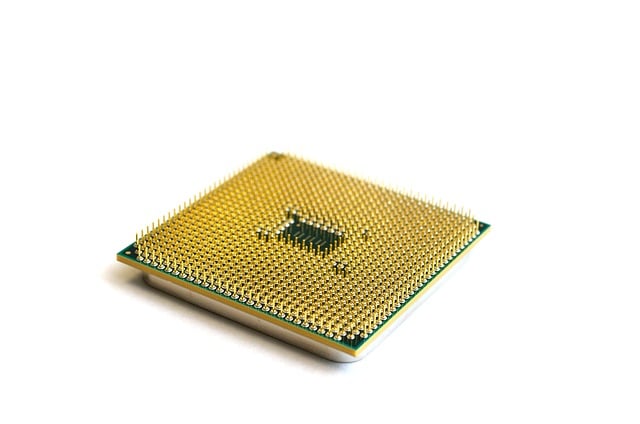
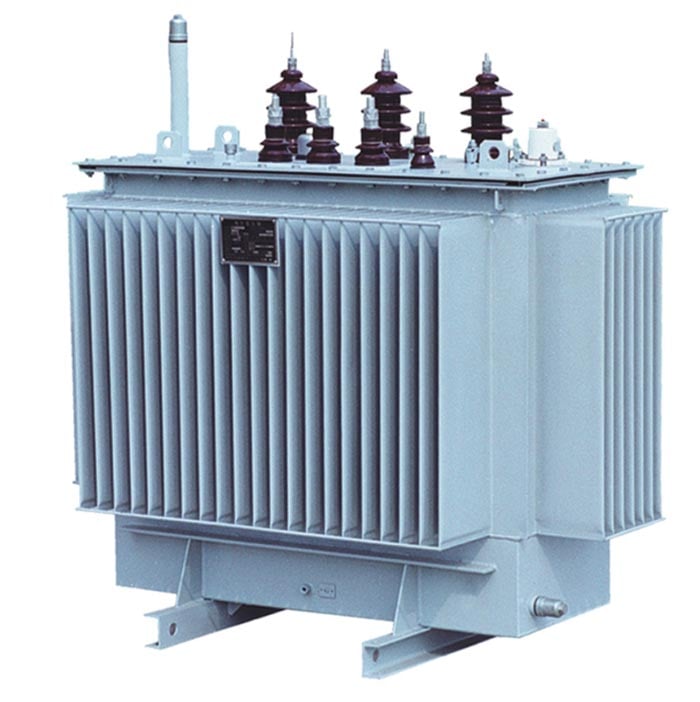
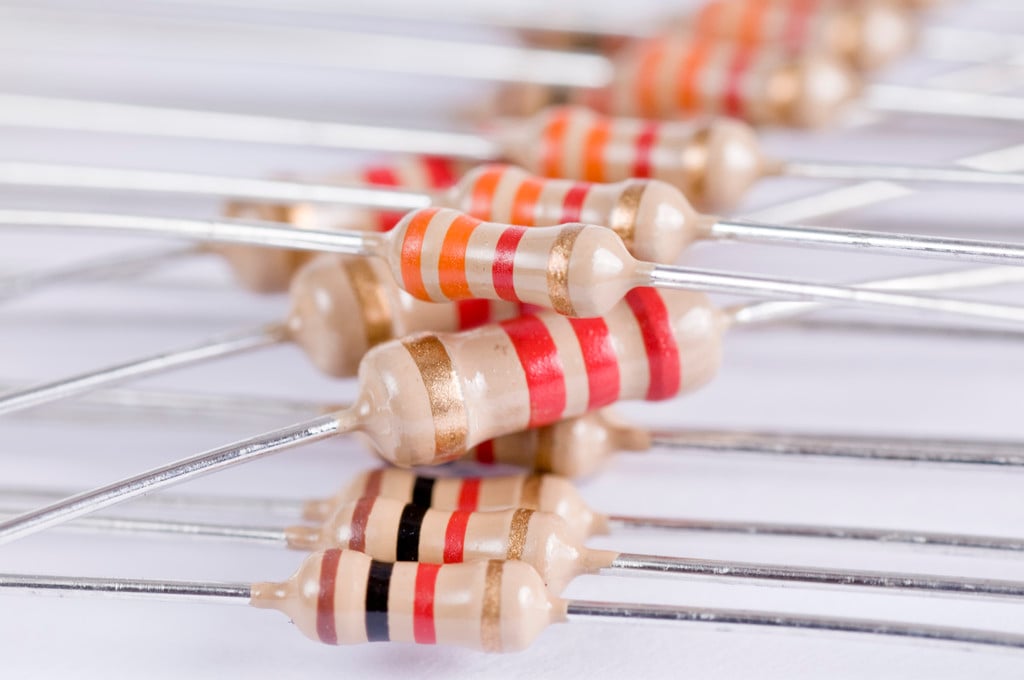
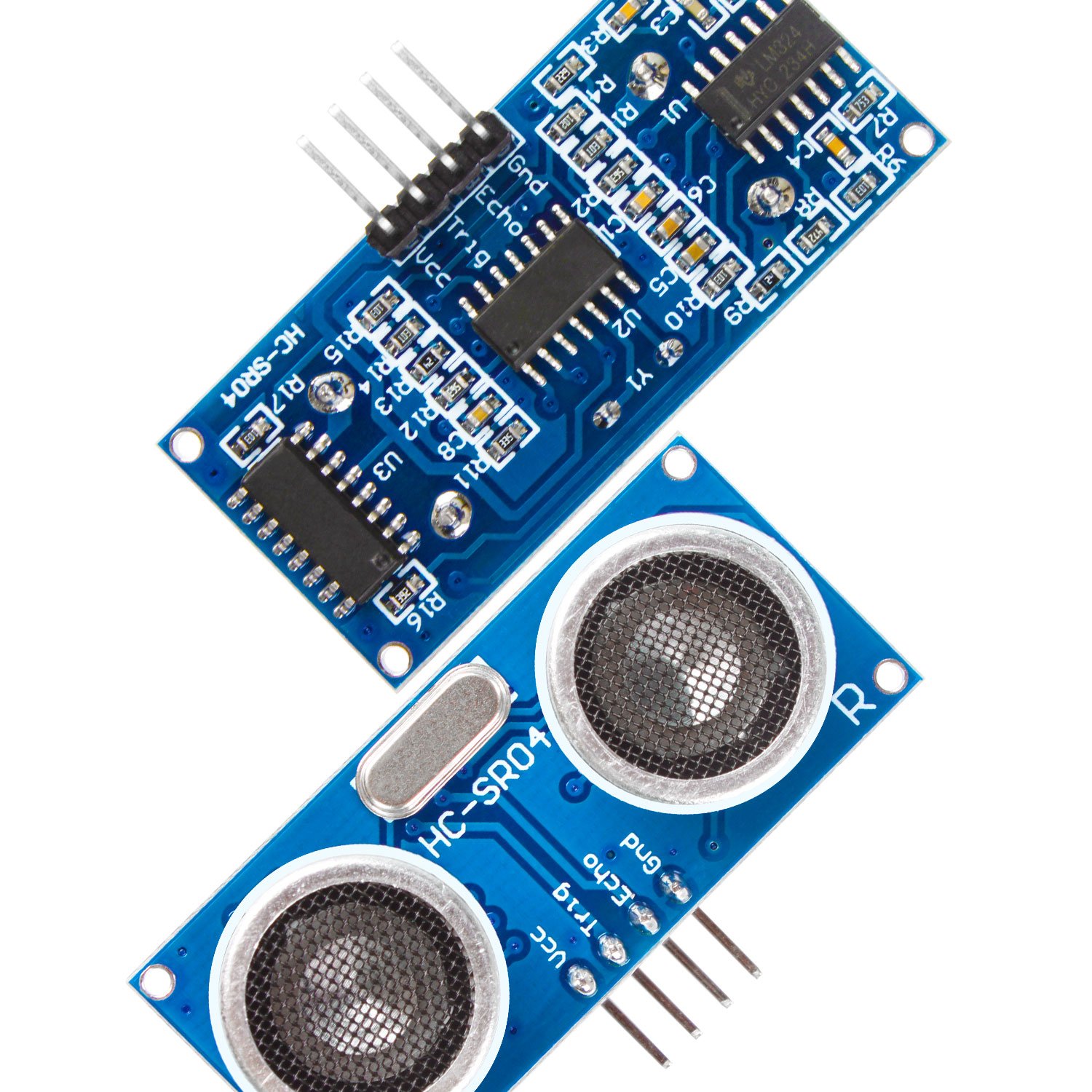
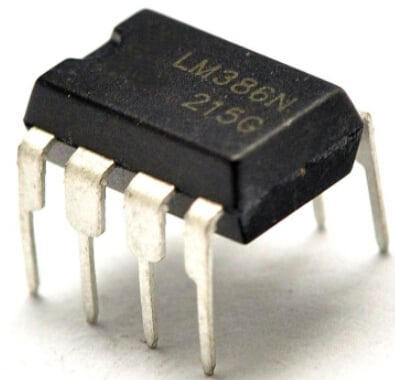

Company
About UsContact UsTerms & ConditionsPrivacy StatementPayment,Shipping & InvoiceRefund & Return PolicyWarranty PolicyFrequently asked questionHolidays for Chinese Mid-Autumn Festival and National Day in 2023


















